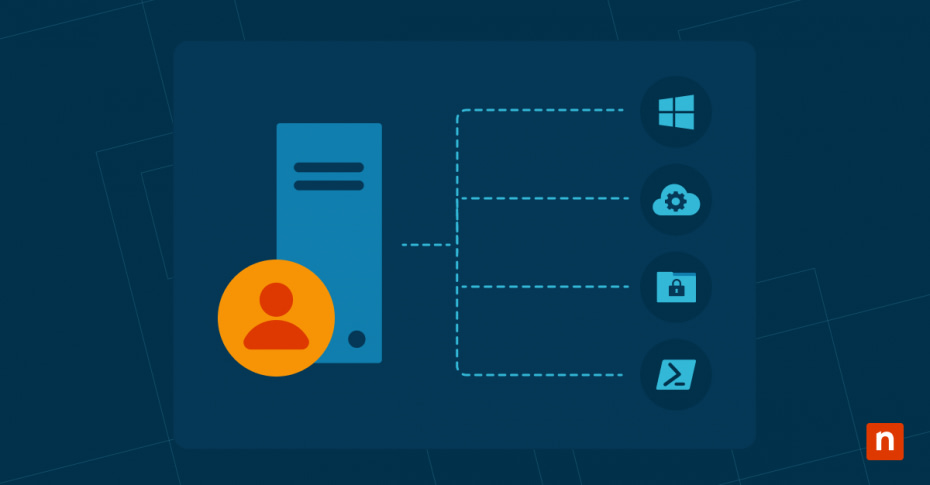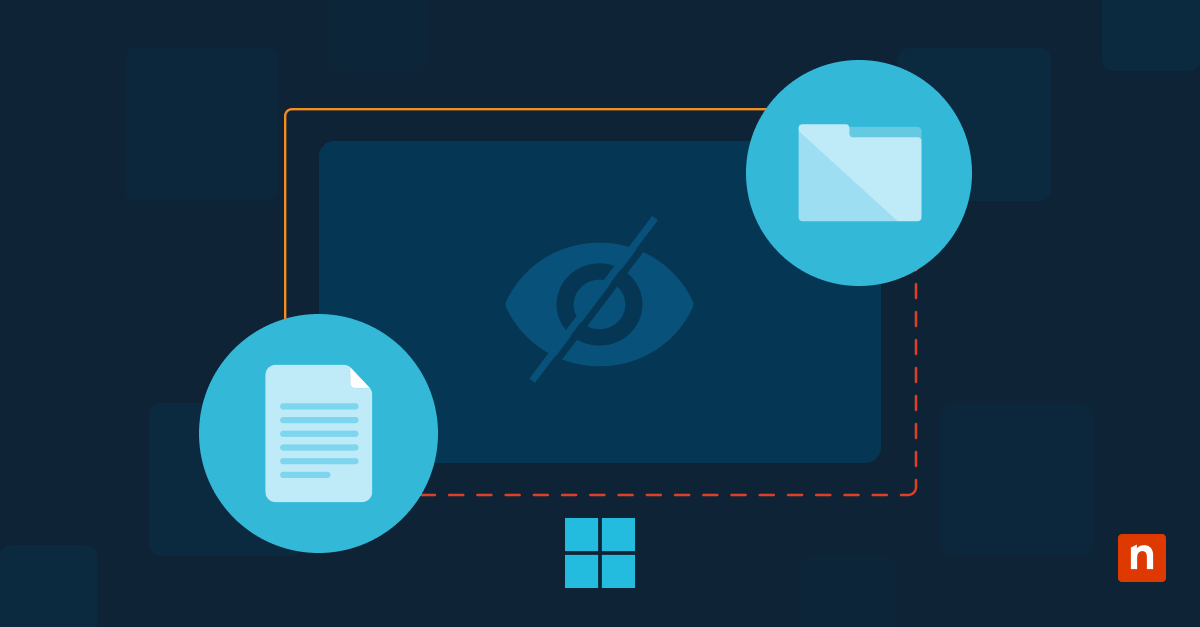This guide explains what vanity (or custom branded) DNS nameservers are, how they work, how you can get one, and their benefits to business brand identity. It includes the requirements for vanity nameservers, as well as listing some DNS nameserver providers that support white labeling. This allows you to run DNS nameservers on your own branded domain, while still outsourcing the operation of the servers themselves.
What are vanity nameservers?
Vanity nameservers, also known as custom-branded nameservers, allow businesses to use their own domain name when responding to DNS queries, rather than relying on the standard nameservers provided by their DNS host or domain registrar.
Instead of nameservers with generic branding like ns1.provider.com or ns2.provider.com, vanity nameservers use addresses tied to an organization’s domain, such as ns1.yourbusiness.com and ns2.yourbusiness.com. This approach gives the appearance that the organization directly operates its own DNS infrastructure, even if the backend services are outsourced to a third-party provider.
DNS: How it works
The Domain Name System (DNS) is a decentralized network of servers that exchange the DNS records used to identify servers on the internet. It converts easy-to-remember names (like www.ninjaone.com) to the IPv6 or IPv4 address for a server. These records can also contain other information, like text records to identify ownership of a domain, or information about email routing.
DNS nameservers are the computers that run the DNS service. Nameservers can be private, handling DNS requests for a local network (e.g., your Wi-Fi router may provide DNS for your home network, or a Windows Domain controller may handle it for a business intranet), or public — handling DNS records for the public Internet. Private DNS servers usually handle internal network traffic, and defer authority to trusted public servers when requests are made for public addresses.
The public DNS system relies on a chain of authority: you can’t just name your network whatever you want. Domain name registrars are responsible for domain registration and often provide their own public DNS servers that you can use. Many cloud hosting platforms also provide DNS configurable servers, and you can also install and manage your own DNS servers.
When are vanity nameservers/custom-branded nameservers used?
Self-hosting DNS servers come with ongoing infrastructure, security, and operational overheads, and are largely seen as unnecessary in the modern cloud. The DNS servers and management tools provided by domain name registrars and cloud platforms like Cloudflare and AWS are reliable and flexible, provide streamlined interfaces for DNS management, and most importantly, do not require that you maintain the underlying infrastructure.
One downside of these managed services is that they are all operated under the service provider’s branding: they will have names like example1.ns.registrar.com and example2.ns.registrar.com, whereas if you manage your own servers, you can name them as your please, and use your businesses own domain name (e.g., example1.ns.yourbusiness.com and example2.ns.yourbusiness.com).
Branded vanity nameservers are often preferable for MSPs, IT support, and web hosting companies that manage the digital presence of their clients but outsource their DNS servers. This is usually for trust, credibility, and marketing reasons: their users can see that the nameserver is acting under the authority of their business, maintaining the perception that everything is handled in-house, and negating any concerns that they may have (especially if they are unfamiliar with the standard practice of reselling managed services).
Vanity nameservers also ensure that the MSP’s domain name is prominent in their users’ configurations, and assist with troubleshooting by assigning ownership and control.
Businesses outside the MSP space may also choose to use branded vanity nameservers to ensure branding at all layers of their digital presence, conveying a sense of professionalism and scale.
How to set up vanity nameservers
Note that not all DNS services provide an interface for creating vanity nameservers or support glue records, and thus may not support vanity nameservers at all. If this is functionality you require, make sure you check before you buy.
Vanity nameservers can be set up in one of two ways: through your DNS registrar or cloud service provider’s interface, or by manually setting DNS glue records. Using CNAME records to create vanity nameservers (or for nameserver hostnames in general) is not supported.
The first method will be unique to your DNS registrar, and will be covered by their documentation. Custom-branded vanity nameservers are supported by popular providers including Cloudflare, AWS Route53, and NameCheap.
If your DNS service does not provide an interface for configuring a personalized nameserver but can respond to DNS queries from a custom domain, you can manually configure glue records on your registrar.
- Decide on the vanity names you want for the IP addresses of your nameservers, for example example1.ns.yourbusiness.com and example2.ns.yourbusiness.com
- Log into your DNS provider and add the glue records for each, assigning them to the IP addresses your primary and secondary DNS servers
- Add NS and A records for the vanity nameserver addresses to the zone file for your domain
- Log into your domain name registrar and update the nameservers for the domain to the new branded addresses
You can then use the dig or nslookup commands to confirm that your domain is using the correct nameservers.
Potential drawbacks or considerations of branded vanity DNS servers
White labeling and reselling IT services greatly improve the efficiency of MSPs by abstracting most deployment and maintenance tasks. However, you are still responsible for paying the bills for the services you resell, and must still ensure that the systems are operational and properly configured.
You must ensure that your nameservers, and the vanity addresses that can be used to access them, are highly available and maintain a constant uptime to prevent connectivity issues for the devices that rely on them. You should also be aware of the long-term commitment to keeping vanity DNS server addresses functional. For example, configuring a customer’s devices to use a given vanity DNS server, and then neglecting to renew the domain name for it could result in a fleet of devices falling offline and requiring manual reconfiguration.
Managing DNS nameserver configuration in enterprise and education
Deploying network configuration, including updating devices to use vanity nameservers, is a routing task for MSPs. This becomes more difficult as more device types running different operating systems need to be managed. This is especially true in remote work scenarios where devices are no longer connected through a single intranet connected to a Windows domain.
Mobile device management (MDM) by NinjaOne gives you full oversight over Windows, iOS, MacOS, and Linux devices, wherever they are. You can remotely deploy new configurations, monitor for suspicious network access to shared resources, and assist users directly, all from a single interface.
FAQ
Can I use vanity nameservers with any domain registrar?
No, your DNS server host must support branded vanity name servers either through their administrative interface or using DNS glue records.
Are vanity nameservers free?
While many domain registrars provide free DNS services as part of a domain name purchase, unless manual configuration is involved vanity nameservers are usually a paid-for optional feature from providers that offer that specific feature.
Do vanity nameservers affect SEO?
No, SEO does not factor in the address of nameservers for a domain.








